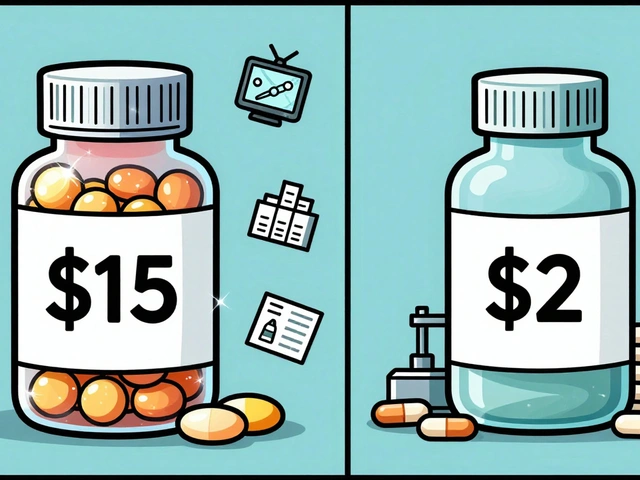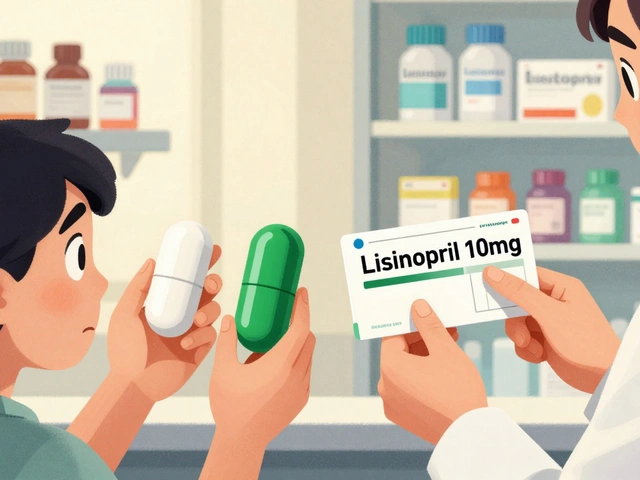Hair Loss Treatment: Effective Options, Causes, and What Actually Works
When you start noticing more hair in your brush or a widening part, it’s not just about looks—it’s about hair loss treatment, the medical and lifestyle approaches used to slow, stop, or reverse thinning hair. Also known as alopecia, it affects nearly half of all men and women by age 50, and it’s not always genetic. The good news? Not all hair loss is permanent, and many types respond well to proven treatments.
One of the most common causes is androgenetic alopecia, a hereditary condition triggered by sensitivity to dihydrotestosterone (DHT), a hormone that shrinks hair follicles over time. This is what most people mean when they say "male pattern baldness" or "female pattern thinning." But other factors like stress, nutrient deficiencies, thyroid issues, or even certain medications can also trigger hair loss. That’s why a one-size-fits-all solution rarely works—you need to know why it’s happening before you treat it. Minoxidil, a topical solution applied directly to the scalp, is one of the few FDA-approved treatments that works for both men and women by stimulating blood flow to follicles. Then there’s finasteride, an oral medication that blocks DHT production, which is proven to stop progression in up to 90% of men with early-stage thinning. These aren’t magic pills—they take months to show results, and you have to keep using them. Stop, and hair loss usually resumes.
There’s a lot of noise out there—shampoos that promise miracles, supplements with no clinical backing, laser caps that cost more than a phone. But the science points to just a few reliable options. If you’re seeing sudden shedding, it could be telogen effluvium, often tied to illness, surgery, or extreme stress. That type usually grows back on its own. But if your hairline is slowly receding or your scalp is getting more visible, you’re likely dealing with androgenetic alopecia—and time matters. The earlier you act, the better your chances of keeping what you have.
You’ll find real stories here—what people tried, what worked, what didn’t, and why. No marketing fluff. Just clear comparisons of treatments, insights into side effects, and practical advice based on actual clinical data. Whether you’re just starting to notice thinning or you’ve been fighting it for years, the posts below give you the facts you need to make smarter choices.






